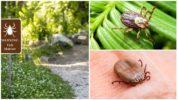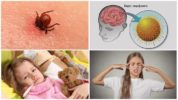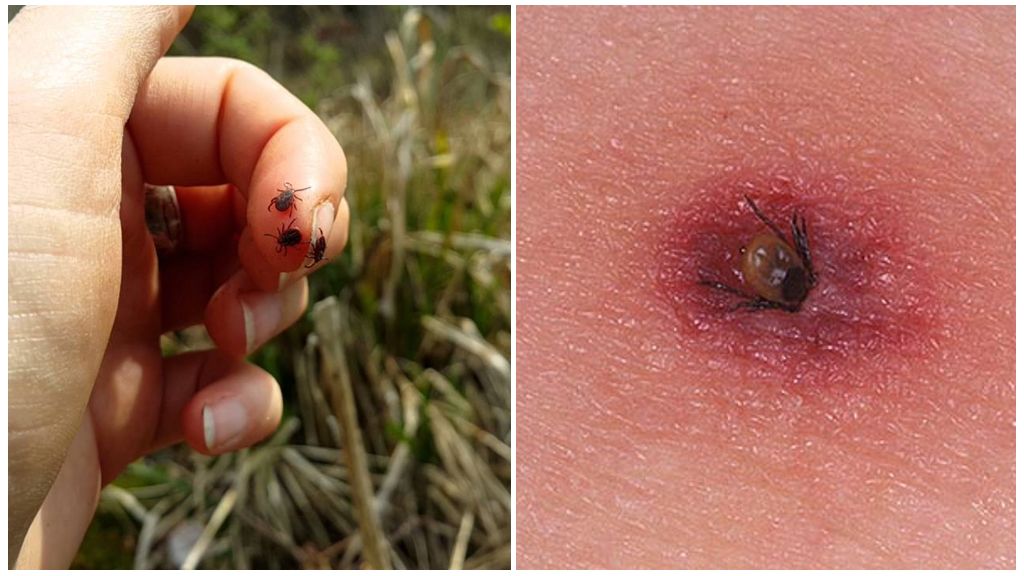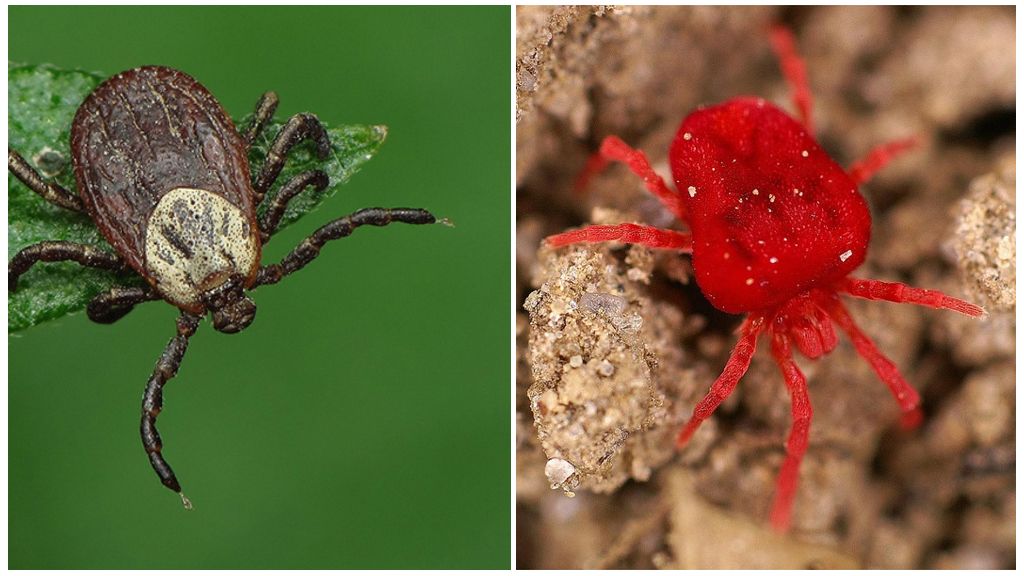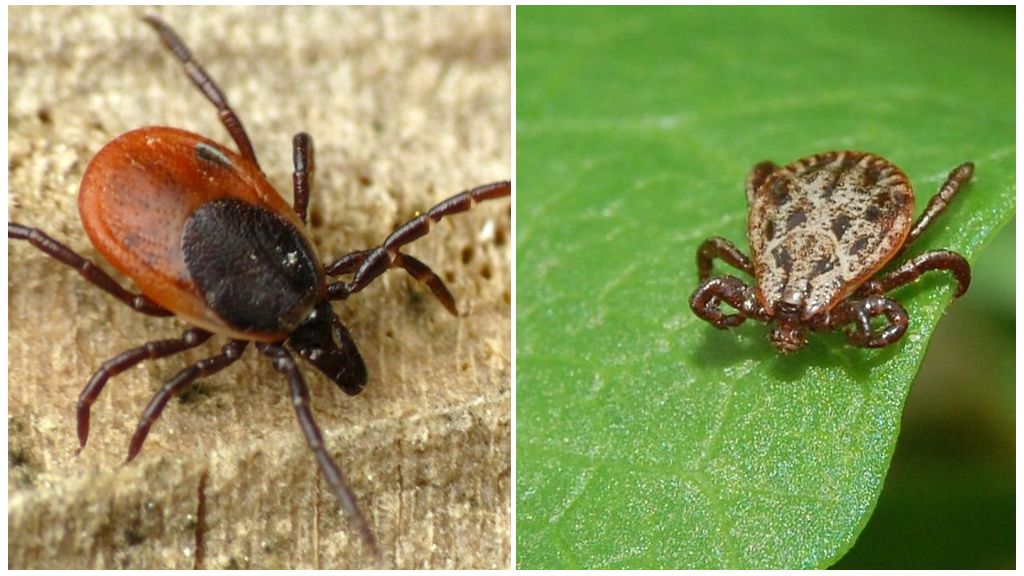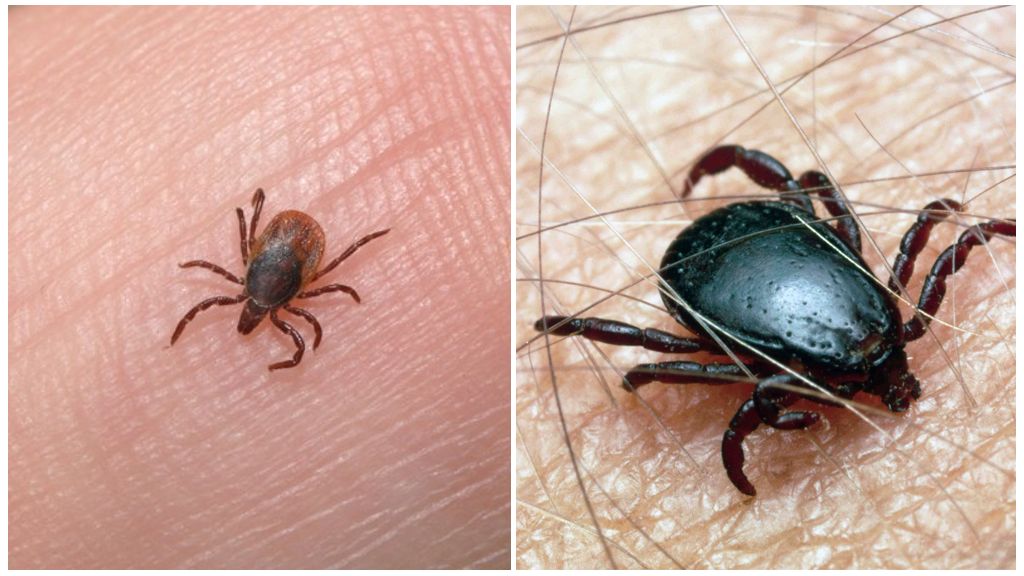- Ticks
- Signs of tick-borne encephalitis
Teachers in kindergartens, teachers in schools tell children about ticks, but there should still be a conversation with parents. The site “Minute of Health” provides information in an accessible form, with pictures, videos. The indicator of dangerous diseases depends on how skillfully the conversation with children and their parents will be held - tick-borne encephalitis, borreliosis.
Who provides instruction for children
In preschool educational institutions (DOW), the danger of ticks, the rules of behavior in the forest, outdoors are told by educators, a medical worker. Since the children are still small, they will not understand the whole danger of tick-borne encephalitis, it is advisable to conduct a conversation on the topic "Watch out ticks!" with parents.
On a note!
The pedportal provides for the implementation of outreach among schoolchildren of younger, older ages. For students conduct classes class teachers, a medical professional. Local clinic staff may be involved in outreach.
Parents should also tell children about ticks in an accessible form for them. The advantage of such a conversation is that the child is not afraid to ask questions, ask what is incomprehensible.
The essence of the conversation "Watch out ticks!" for children
During the outreach, the specialist should tell you the most important aspects regarding tick-borne encephalitis infection routes and bite prevention.
Where ticks live
Natural habitat are places with high humidity, shadow. For active breeding a temperature reading of 20 degrees Celsius is required. Pest activity peak: May-June, September-October.
Meet tick can:
- in the forest;
- city park;
- the garden;
- public garden;
- near water bodies;
- near the house;
- meadow;
- the edge of the forest.
They live in tall grass, on the lower branches of shrubs.
How does a bite occur?
A conversation about ticks in elementary school, senior, DOE must necessarily touch on the topic of the bite, as well as the correct actions if this happened.
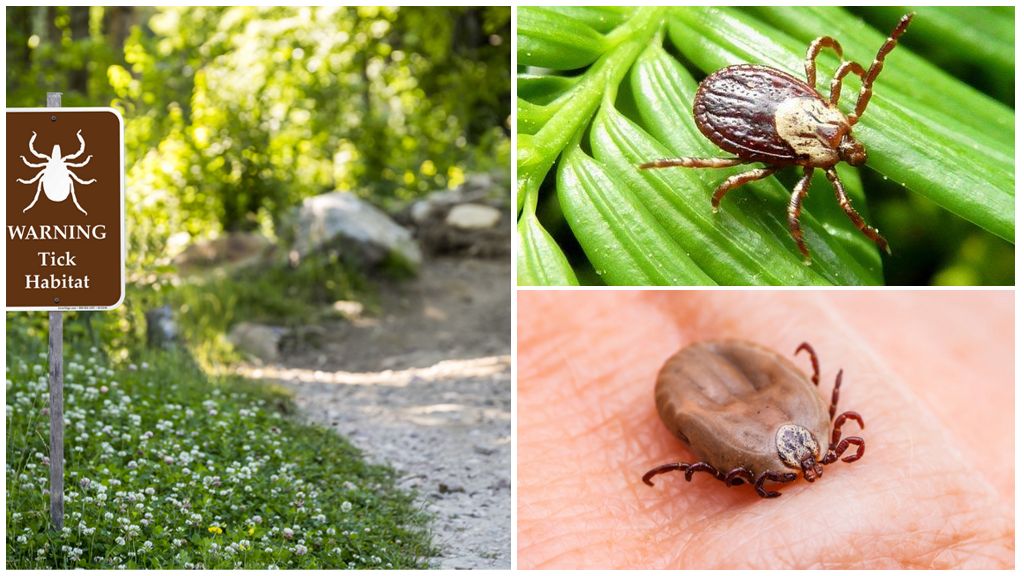
The parasite finds a victim by smell. Falls from branches of bushes or gets on clothes from grass. Within 30 minutes, inspects, selects the best place for suction. Hiding under the armpits, in the inguinal region, on the neck under the hair, back.
On a note!
Tick bite painless, so it is easy not to notice. The head sneaks under the skin, the abdomen with legs remains outside. In a hungry state tick size does not exceed 4 mm; during nutrition, the abdomen increases to 1 cm.
Males, nymphs are saturated quickly, fall, females are on the body for up to 7 days. In place of the bite appears swellingredness, slight itching. Young children often develop an allergic reaction.
What to do after a bite
In a conversation for preschoolers, schoolchildren of different ages, you need to talk about actions after the detection of a parasite or its bite on the body.
The best option is to seek help from specialists. In any emergency room, the tick will be carefully removed, sent for examination, if necessary immunoglobulin to prevent the development of tick-borne encephalitis.
At self pest removal care must be taken because the head may remain in the wound. The most harmless option for the development of the situation is inflammation, the most terrible is infection with tick-borne encephalitis.
If a bite is detected after the tick fell off on its ownnecessary handle the wound antiseptic, anti-inflammatory, antipruritic. In the absence of tick-borne encephalitis virus, the skin is restored within a week, there are no negative consequences.
Tick-borne encephalitis infection
The virus enters the wound during the suction of the tick, as well as when it is removed incorrectly. Tick-borne encephalitis incubation period in children 14 days. The first symptoms resemble flu. It all starts with high fever, muscle aches, headaches. Then there is nausea, vomiting. The condition normalizes within 10 days, but there is no guarantee of a full recovery.

With weak immunity, tick-borne encephalitis continues to progress, affects the central nervous system, brain, spinal cord, heart. The following exacerbation occurs over a month with more serious symptoms. The most severe complications in the absence of qualified therapy - disability, dementia, death.
Important!
To check the tick for the virus, you must send to the laboratory immediately after extraction. To learn about infection in the event of a positive result is possible only 14 days after the bite. For treatment, immunoglobulin, antiviral drugs are used. A specific method of prevention is vaccination.
Prevention
"Attention ticks!" - Such a phrase can be heard every year at the end of March, throughout the summer. She urges people to pay attention to the rules of behavior in nature in order to avoid a bite, infection with tick-borne encephalitis.
- Going to nature in closed clothes, in socks, hats.
- To use repellents - professional, folk.
- Inspect the child himself every 2 hours.
- Upon returning home, make a checkup, take water procedures, throw clothes in the wash.
- If a tick is detected, remove it with rotating movements using tweezers, threads, syringe, special fixture. If in this area there are cases of infection with tick-borne encephalitis, it is recommended to immediately seek help from specialists.
IN epidemiologically dangerous regions carry out active vaccination against tick-borne encephalitis. The full course consists of 3 vaccines. Protection is valid for 3 years.
